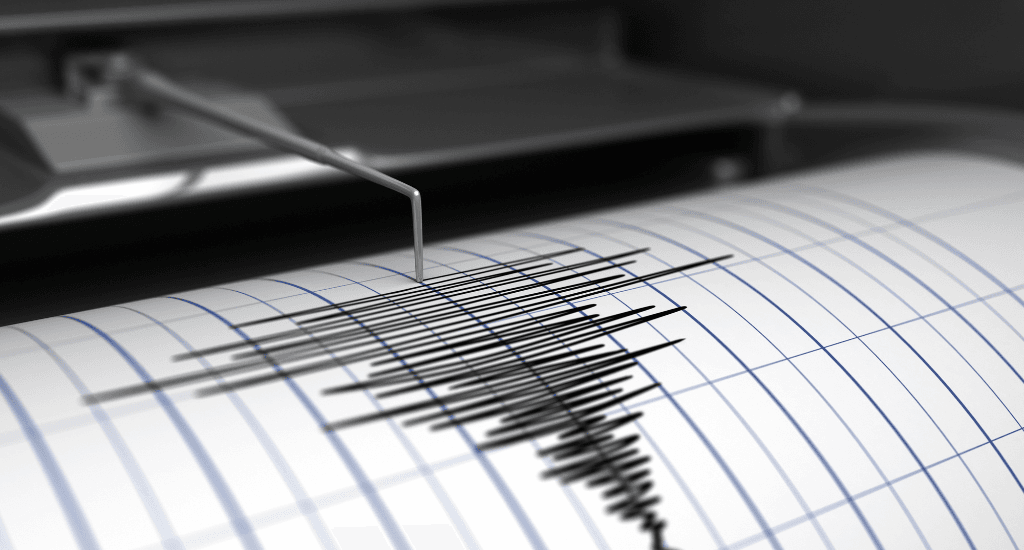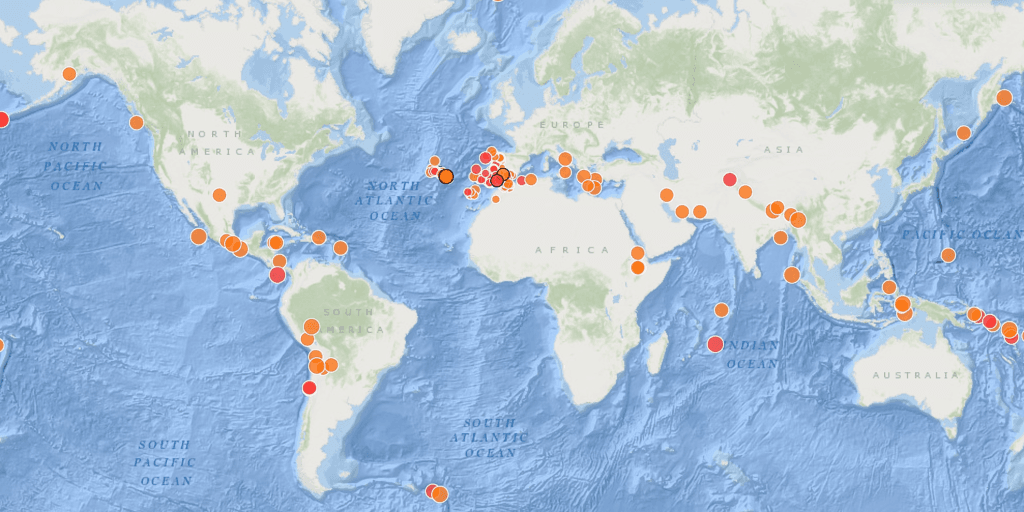Ainda sem produtos na sua encomenda!

Seismic zones are regions where earthquakes are more frequent, and where accurate cartographic recording is crucial for developing social and urban planning, as well as for adopting risk mitigation measures.
Earthquakes primarily result from the release of energy in the tension zones between tectonic plates (interplate earthquakes). Another cause is volcanic activity and molten material inside the plates (intraplate earthquakes), which, although the seismic magnitude is typically not as high, can have significant consequences due to the epicenter being closer to populated areas.
The main seismic zones of the planet are:
Portugal and Spain have shown some seismic activity, making them higher-risk zones than most of Europe. According to the Portuguese Society of Seismic Engineering, Portugal, particularly in the southern part of the country and the Azores, is characterized as a zone of significant seismicity due to its location. The region is affected by not only interplate earthquakes but also due to the proximity of the following active faults:

In areas prone to earthquakes and tremors, proper design and engineering are essential to ensure the stability of buildings. However, earthquakes can affect not only the structure but also non-structural components, such as mechanical, electrical systems, plumbing, and fire protection systems.
When such an event occurs, the main financial impacts are the costs of equipment repair, cleaning the damage, and the loss of the building’s function.
Especially in an industrial building, replacing HVAC equipment, ducts, pipes, electrical systems, and fire network systems can be more expensive than the structure itself, and damaged non-structural elements can make the building unusable.
The ASCE (American Society of Civil Engineers) has building codes and provides guidelines for the seismic protection of non-structural elements through the Minimum Design Loads for Buildings and Other Structures (ASCE 7, 2010 edition).
The ASCE also assigns importance factors to different equipment. In simple terms, the importance factor reflects the severity of a potential failure of the equipment in question. HVAC equipment, smoke removal systems, backup generators in hospitals, and pipes that transport hazardous materials would all have higher importance factors.
The primary purpose of seismic support is to restrict the horizontal shaking of an earthquake. All seismic supports firmly anchor the equipment to the structural elements of a building, allowing them to move with the structure during an earthquake. This prevents the equipment from tipping over, falling from its suspended location, or colliding with other objects.
Seismic Air Handling Units (AHUs) are essential in earthquake-prone areas as they ensure the continuity of HVAC and ventilation systems, minimizing structural and operational risks.
These structural reinforcement and isolation strategies help ensure that the AHU continues to operate or can be quickly restored after a seismic event, maintaining safety and contributing to the environment’s functionality.